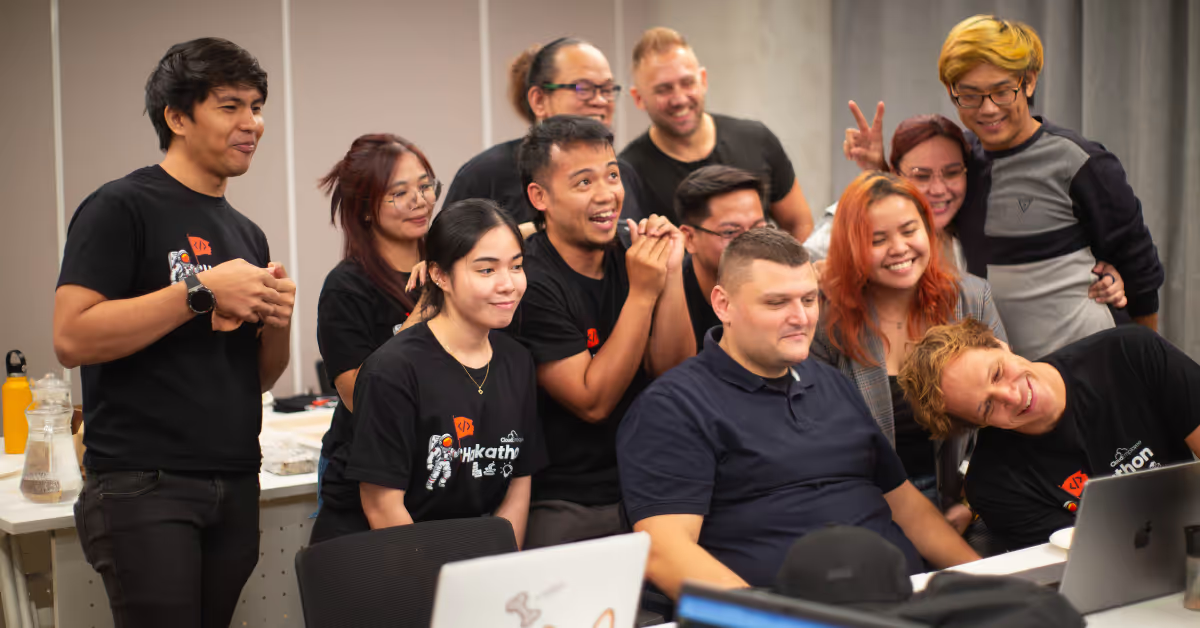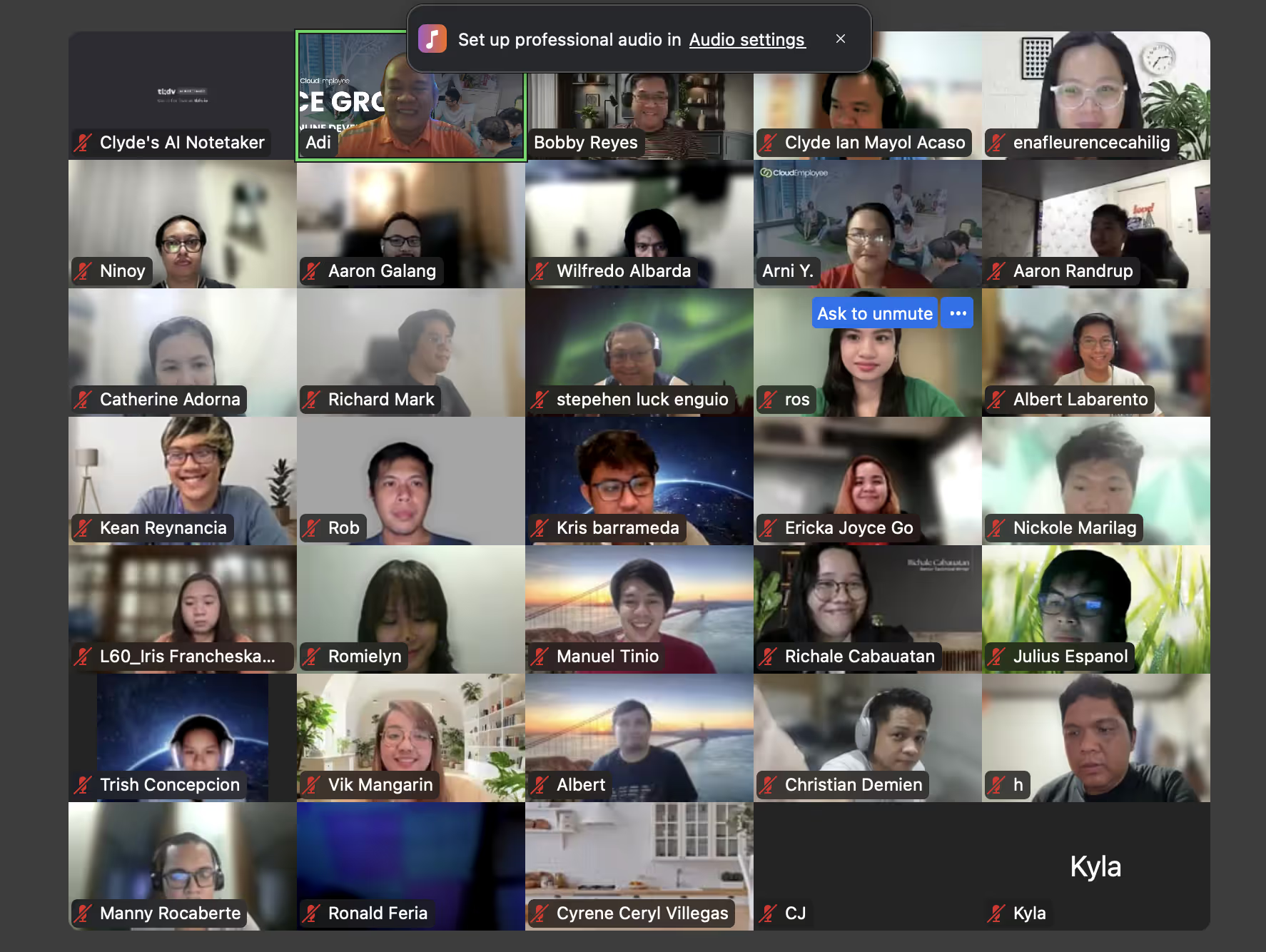AI is raising the bar, not replacing it
Executives are under pressure to turn AI from slideware into shipped product. Budgets are flowing into AI platforms and infrastructure, yet execution bottlenecks persist because the right people are hard to hire. Research from leading analysts shows AI spend and adoption rising while talent remains a top constraint and skills evolve faster than internal hiring can match. The result: a widening global AI talent shortage and unpredictable AI developer hiring trends 2025 that strain roadmaps.
The pragmatic answer is AI and staff augmentation: extend capacity with the exact skills you need, when you need them, while your core team focuses on architecture and high-stakes decisions.
What is staff augmentation?
Staff augmentation is a flexible workforce model that allows companies to quickly extend their capacity with top-tier professionals, without the delays, costs, and risks of traditional hiring. Instead of spending months recruiting in competitive markets, businesses partner with a staff augmentation provider to access the right skills fast.
These professionals work as fully embedded team members - plugged into your tools and culture, collaborating daily through the same channels as your local team. The key difference is that they are employed overseas or externally through a trusted partner who manages sourcing, HR, payroll, compliance, pension & benefits, L&D, performance monitoring, and retention.
Unlike outsourcing, where a third party takes over full ownership of a function or project, staff augmentation keeps you in control. At its core, staff augmentation is a quality-assured, plug-and-play model that helps businesses remove hiring bottlenecks, buy time, and keep core teams motivated and focused on driving growth.
This language matters in AI. It is not staff augmentation vs AI automation. Automation removes toil. Augmentation supplies people who design, evaluate, integrate, and govern AI so it actually works.
Why it matters now: the data behind the shortage
- AI investment is accelerating: IDC projects enterprise AI-related technology spend to reach hundreds of billions in 2025, with a growing share embedded in core business operations (Agility PR Solutions).
- Developers are adopting AI tools at scale, reshaping workflows rather than removing roles. GitHub’s Octoverse 2024 documents rapid AI-led shifts in languages and developer activity (The GitHub Blog).
- Most professional developers now use AI tools in their work, according to the 2024 Stack Overflow survey, though trust and governance remain active concerns (Stack Overflow Survey).
- The workforce picture is not net job loss. PwC’s 2025 AI Jobs Barometer links AI exposure with higher productivity and wage premiums, alongside growth in AI-exposed occupations (pwc.ro).
- Enterprises still hit adoption barriers that require skilled people: Gartner’s survey highlights value demonstration, data readiness, and talent shortages among top blockers to AI execution (CIO Dive).
Bottom line: the market is buying AI, developers are using AI, and leadership teams need more human expertise to make AI safe, compliant, and valuable.
Remote developers + AI tools: how augmented teams ship faster
Staff augmentation for AI projects is no longer just about filling seats. It is about equipping remote developers with AI-native practices that compress cycle time and improve quality.
Coding and review
- AI pair programming and code generation: GitHub Copilot, Codeium, Amazon CodeWhisperer, Cursor.
- Test generation and hardening: CodiumAI, Testim, Diffblue (Java).
- Secure-by-default reviews: GitHub code scanning with CodeQL, Snyk AI Fix PRs.
Best practice: keep human-in-the-loop reviews for safety-critical changes and mandate model provenance notes in pull requests.
ML and data workflows
- MLOps and evaluation: Weights & Biases, MLflow, prompt and regression test suites for LLMs, guardrails for PII and policy.
Best practice: track dataset lineage and LLM prompts as first-class artifacts in CI, with auto-run evals on each model or prompt change.
Delivery and orchestration
- AI-augmented planning: Atlassian Intelligence in Jira, Linear’s AI triage, GitHub Projects with summarization.
- Observability: Datadog Bits AI, New Relic Grok for incident summarization and RCA drafts.
Best practice: standardize AI-generated summaries for standups and postmortems, then require engineer signoff.
Communication and knowledge
- Meetings and documentation: Otter.ai, Fireflies.ai, Notion AI, Confluence AI, Loom with AI edits.
- Chat and alignment: Slack AI or Microsoft 365 Copilot for action extraction and decision logs.
Best practice: record decisions in a single source of truth, link meeting AI notes to tickets, and tag owners to avoid drift across time zones.
These patterns help with scaling development teams AI, enabling flexible engineering capacity AI without sacrificing governance.
Cloud Employee’s upskilling advantage
A key benefit of partnering with Cloud Employee is our structured learning and development. Our incredible Learning & Development team is investing in real-world AI up-skilling for our developers with the launch of the Future Forward Program. The kickoff brought together 50+ team members ready to apply AI practically in their work - through structured phases, exciting challenges, and collaborative learning. This enables our team to use AI to work smarter, solve real problems, and stay ahead of the curve. That is central to the Cloud Employee AI talent model: you get vetted AI engineers plus a program that helps them grow with your stack and your governance standards.
Teams win when developers do not just build with AI, they build better because of AI. That is why we invest in learning and development that compounds over time.
Seb Hall
CEO and Founder, Cloud Employee.
Strategic benefits for CTOs and CIOs
Use AI and staff augmentation to unlock both speed and control:
- Access to scarce skills
Fill the AI software development talent gap fast: LLM integration, retrieval, fine-tuning, data engineering, MLOps, and secure AI architecture. - Time-to-hire compression
Move faster than local cycles by hiring AI engineers globally through nearshore and offshore hubs. - Cost efficiency AI engineering
Representative monthly comparisons:
• USA: $18,000
• LATAM via Cloud Employee: $6,000
• Philippines via Cloud Employee: $4,500
• Companies typically save 50 to 75 percent compared to hiring in their HQ country.
Use our pricing calculator for a more accurate view. - Operating Flexibility
Stand up augmenting teams with AI talent for critical initiatives, then scale down as demand normalizes. - Time-zone alignment and coverage
Blend nearshore AI software development for overlapping hours with offshore AI talent solutions for follow-the-sun delivery.
Relevant article: Discover how staff augmentation accelerates software delivery.
Challenges and how Cloud Employee de-risks them
- Sourcing quality AI talent: all engineers are CTO-vetted via live pair programming and real code reviews.
- Retention risk: our model sustains 97 percent retention beyond two years, due to our dedicated on the ground Employee Experience and L&D teams - that foster engagement, connection and growth.
- Governance and security: standardized AI usage policies, repo-level controls, and partner onboarding that aligns to your SDLC.
- Budget pressure: transparent rolling contracts with no placement fees deliver predictable cost efficiency.
Explore how it works.
Case studies: scaling with staff augmentation
Willo: 10 developers hired in the Philippines. Initial requirement of 2 engineers sourced & onboarded in 3 weeks. 825 estimated hours saved in recruitment.
Travel Tech client: 35 person team hired, onboarded & managed in a few months. Dedicated UK-Based Client Services Manager
Salmon Software: 11 CTO-vetted developers hired & onboarded in 6 weeks.
Explore more client results in our work.
CTO strategies for AI adoption
Put these CTO strategies for AI adoption to work:
- Map capability gaps: align initiatives to roles such as LLM engineer, prompt and eval specialist, data platform engineer, and MLOps.
- Blend automation and augmentation: use copilots to cut toil; apply augmentation to critical design, integration, and evaluation.
- Instrument model quality: implement automated LLM evals, red-team tests, and prompt change control.
- Standardize communication: enforce AI-authored meeting notes with human approval, decision logs in tickets, and weekly model quality reviews.
- Invest in upskilling: leverage Cloud Employee’s L&D so remote developers keep pace with tools and methods.
- Nearshore plus offshore mix: combine time-zone aligned delivery with follow-the-sun coverage to maximize throughput.
- Measure value early: tie AI features to adoption and cost-to-serve metrics from day one to overcome stakeholder skepticism.
Staff augmentation vs AI automation: the practical view
Automation accelerates routine tasks. Augmentation supplies the engineers who design system prompts, guardrails, data pipelines, and evaluations. With AI spend rising and skills evolving quickly, leaders who combine both approaches get to customer value sooner and avoid stalls caused by hiring constraints. That is the core of staff augmentation in the age of AI.
Choose speed, not tradeoffs
The global AI talent shortage will not resolve on its own, yet your customers expect smarter products now. The fastest path is combining AI tools with staff augmentation for AI projects so you can add capability quickly, keep control, and learn faster than competitors. Cloud Employee gives you augmenting teams with AI talent, cost efficiency, retention, and learning support so your roadmap keeps moving.






